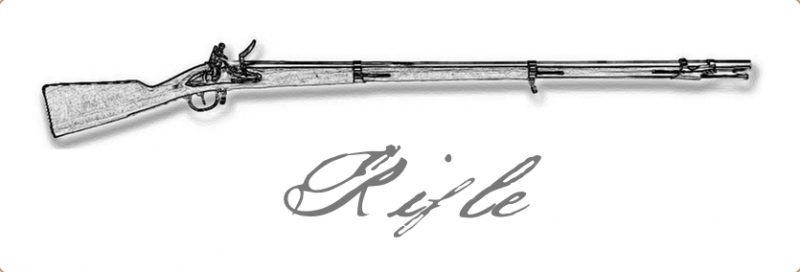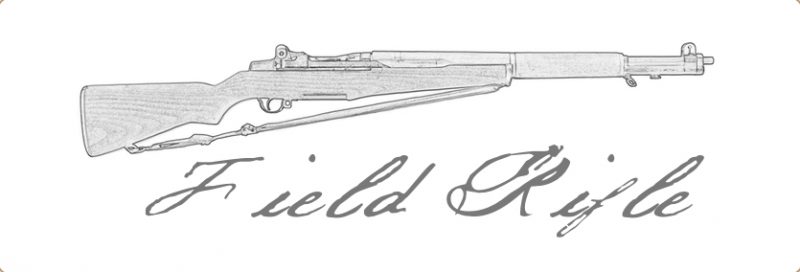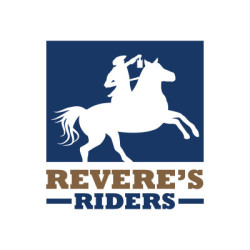Rifle Qualification Test
Overview
This is our signature basic rifle skills test. It requires scoring hits with both rapid and slow fire in a variety of positions against targets at known distances. This event may be fired at 25 yards, 100 yards, 400 yards, or 600 yards. The longer ranges are known as “Across the Course” and we fire them at our Rifle 262 “Field Rifle” events. At many two-day Rifle 125 events we are able to fire “mini across the course” with rimfires out to 100 yards.
History
This skills test is based on the traditional Service Rifle course of fire circa WW2 and the immediate post-war era. Elements of this course of fire has been in use since the frontier days, and a modern CMP Service Rifle match will be very familiar as well.
Targets
Unless otherwise noted, all firing is conducted on targets which are equivalent to a 21″ diameter circle. At shorter ranges, scaled targets are used. For example, at our “Rifle 125″ events held at reduced ranges, instead of using a 21″ circle posted at 100 yards, we use a 25% scale 5.25” circle posted at 25 yards.
Practice targets are available to Sustaining Members at the Member’s Resources page.
Stages
| Stage | Distance | Position | Time | Rounds |
|---|---|---|---|---|
| 1 | 100 yds | Standing (Slow) | 2:00 | 10 |
| 2 | 200 yds | Seated (Rapid) | 1:00 | 2+8 |
| 3 | 300 yds | Prone (Rapid) | 1:10 | 2+8 |
| 4 | 400 yds | Prone (Slow) | 10:00 | 20 |
Stages 2 and 3 are “rapid fire.” Shooters start standing with an unloaded rifle. Upon the start of time, they transition to the seated (or kneeling) or prone position. They then load their rifle with two rounds and fire them. When the rifle is empty, they conduct a speed reload and fire eight more rounds. If a shooter cannot transition safely between positions due to medical or other personal reasons, they simply start in the position and may not fire their first shot until another shooter completes the transition and fires.
Special Procedures & Equipment Notes
- Any safe rifle may be used.
- No support such as a bipod, bag, rucksack, etc may be used.
- A sling may be used for support. Shooters may begin each stage slung up, to include with a full loop sling.
- Spare magazines used for reloads may be staged on the ground.
- Generally there are no “classes.” At the Event Director’s discretion, for competition purposes, scores may be split into three classes. Some shooters consider it a point of pride to qualify with “irons alone” or with a basic lower-powered service-style optic.
- Irons: Iron sights!
- Service Optics: Any optic up to 4.5x power. Variable optics may be used so long as set to 4.5x power or below. The 4.5x limit is derived from CMP Service Rifle rules. Back up irons may also be used with the optic.
- Open Optics: Any optic or combination of multiple optics.
Scoring
Hits count for one point. Score cutoffs vary for 25 yards vs. full distance. 25 yard scaled targets are generally easier as there is no need to deal with the effects of wind or trajectory which is reflected in our scoring. Full distance scoring is used with centerfires out to 400+ yards and rimfires at 100+ yards.
| Marksman | Sharpshooter | Expert | Master | |
|---|---|---|---|---|
| 25 Yards | 34/50 | 42/50 | 45/50 | 48/50 |
| Full Distance | 32/50 | 40/50 | 43/50 | 46/50 |
Scoring as a “sharpshooter” on the reduced-range variant earns shooters a “Rifle” patch and certificate featuring a reproduction of Captain John Parker’s musket carried on Lexington green. Scoring “sharpshooter” at full distance earns a “Field Rifle” patch and certificate featuring a classic M1 Garand service rifle. These score cutoffs are based on the WW2-era qualification standards as well as 1950s-vintage NRA High Power Rifle scoring.
Shooters consistently scoring as “sharpshooters” on this event are well prepared to try their hand at more formal NRA High Power competition or CMP Service Rifle matches. With rimfires, the NRA smallbore and CMP Rimfire Sporter disciplines are also an easy transition.


Videos
Below are a collection of videos of each stage of the Revere’s Riders Rifle Qualification Test. These should give you an idea of how each stage is shot as well as proper technique for transitioning with your rifle.
Stage 1: Standing (Slow Fire)
Stage 2: Transition to Seated (Rapid Fire)
Stage 3: Transition to Prone (Rapid Fire)
Stage 4: Prone (Slow Fire)
Variants
- NPOA Shifts: In the reduced distance 25 yard variant, stages 2 and 3 have two target silhouettes, requiring the shooter to shift their aim halfway through the stage. Stage 4 has four silhouettes again requiring multiple shifts of aim. This tests the shooter’s mastery of the concept of Natural Point of Aim, and adds an element of complexity to make up for the lack of a requirement to adjust for winds and ballistics.
- Double Points: Stage 4 is usually fired with only ten rounds in 5:00 and then the score is doubled. This reduces ammunition expenditure and makes targets easier to score.
- Reduced Round Count: We have a reduced round count version that halves the round count on each stage to save ammunition. Allowed times are reduced and scores are adjusted.
- Long Range: When fired at the full distance, we sometimes reduce the round count on stage 4 to 10 rounds and add stages 5 & 6: 5 rounds each, slow fire, against extra-large 31″ targets at 500 and 600 yards. This requires students to know and apply the appropriate ballistic “data on personal equipment” (DOPE) at these longer ranges.
- Mini “Across the Course:” This variant is performed with rimfires .22 LR rifles. 25% scale (5.25″) targets are placed at 25, 50, 75, and 100 yards. Some venues allow for additional stages at 125 and 150 yards as well using extra-large targets. This simulates the shooting challenges faced with centerfires out to longer ranges. Shooters have to know and apply their “DOPE” to score hits. Without adjustment for range, most rimfires are about 5″ low at 100 yards, and a stiff cross-wind will blow the small .22 LR bullets about two inches off course — that often results in a miss against a five-inch target unless the shooter compensates!
